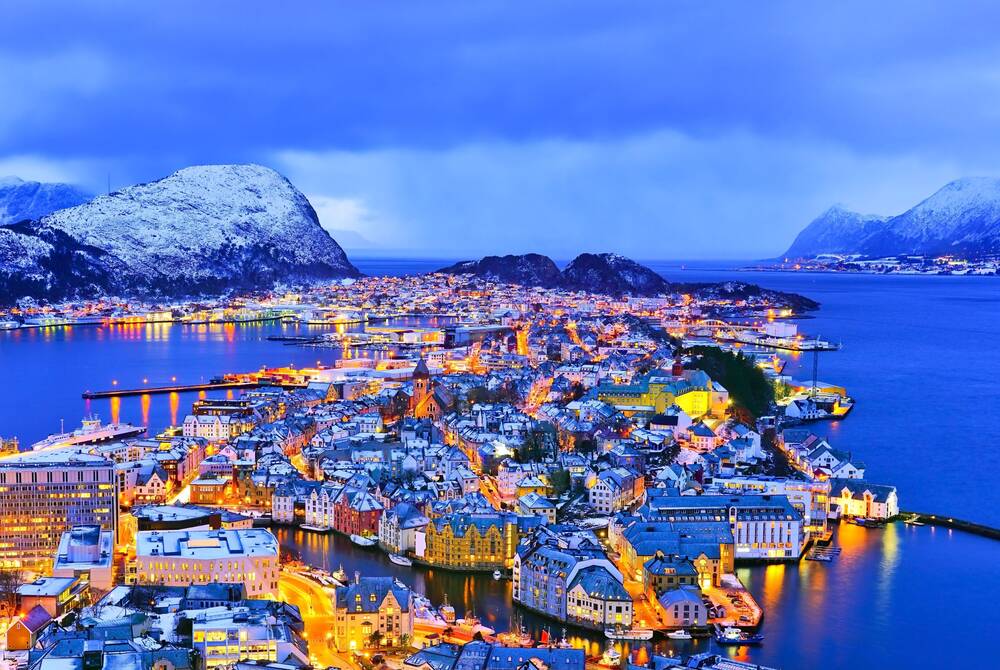This post is the last of our series from Rebecca and Freya at Scandinavia Standard – if you missed their earlier posts, you can read about the best Scandinavian design souvenirs to bring home, as well as how to celebrate Midsummer.
Scandinavia is a wonderful place to travel during any season, but you should know what you’re getting into. Although winters can get very cold, not to mention dark and windy, the seasons are often more mild than you would expect. Sweden, for instance, has a huge range in climate – from the north, where it’s often freezing, to the south, where it rarely snows.
Whenever you find yourself in Denmark, Sweden, Norway, Finland or Iceland, knowing the weather patterns and having the right clothes in your suitcase will ensure you have exactly the trip you want. Since we live in Denmark, we've also created a month-by-month breakdown of the weather here throughout the year.
Here’s what travellers should keep in mind for each Scandi season:
Winter (December – February)

Sure, it’s going to be cold. I mean, really cold. But if you can cope with it, winter travel in Scandinavia has some incredible benefits. Foremost is that you’ll get your best chance to see the Northern Lights. Though they can be viewed in many places between September and March, the best time is winter due to the extremely short, dry days.
Other winter activities include sports like cross-country skiing, snowmobiling ice fishing. Throughout the month of December, Christmas markets and decoration bring a festive atmosphere to all the Scandinavian countries.
Spring (March – May)

Spring is a lovely time to visit Scandinavia for its lush greenery, longer days and crisp air. If you’re expecting consistent sunny or warm weather, though, you can pretty much forget about it. It will not be warm, but it will get lighter than winter quite quickly.
Unlike during the summer, there are fewer tourists around and you’ll likely get a few glorious days (particularly in the south in May, in Denmark and southern Sweden). You may also get some cold and rainy ones, so spring in Scandinavia is a time to be prepared for any kind of weather.
Summer (June – August)

No surprise here: June, July and August are the most popular months for travellers coming to Scandinavia. There are loads of reasons why people choose this time, not least of all being the temperate, sunny weather and the wonderful 'summer house' coastal culture found throughout the region.
Highlights of the season include the local fresh fruit like Danish and Swedish strawberries, the sun setting well into the night and Midsummer celebrations in all the countries.
Autumn (September – November)

An under-appreciated season in Scandinavia, autumn will charm you with crisp, clean air and colourful leaves. Knowing that winter will descend soon, Scandinavians enjoy the season to the fullest, particularly all the delicious seasonal foods that emerge at this time, such as crab in Norway and apples in Denmark. Though it’s usually quite chilly by late October, September can often have a late-summer vibe that’s made all the better by being bathed in golden autumn light.
However, there is a little-known secret to autumn in Scandinavia; it's actually one of the best times to spot the Northern Lights. With the aurora at its most active around the September equinox, it's a fantastic time to spot those dancing greens and flowing purples, especially when combined with the milder weather. It's perfect for those looking to avoid those winter chills, while enjoying the brilliance of autumn's colours and that oh-so Scandinavian of activities – foraging.


